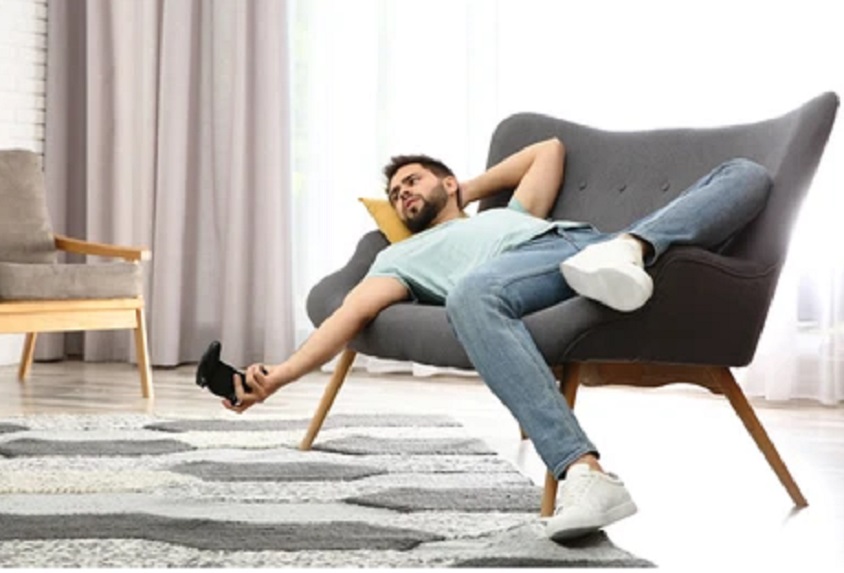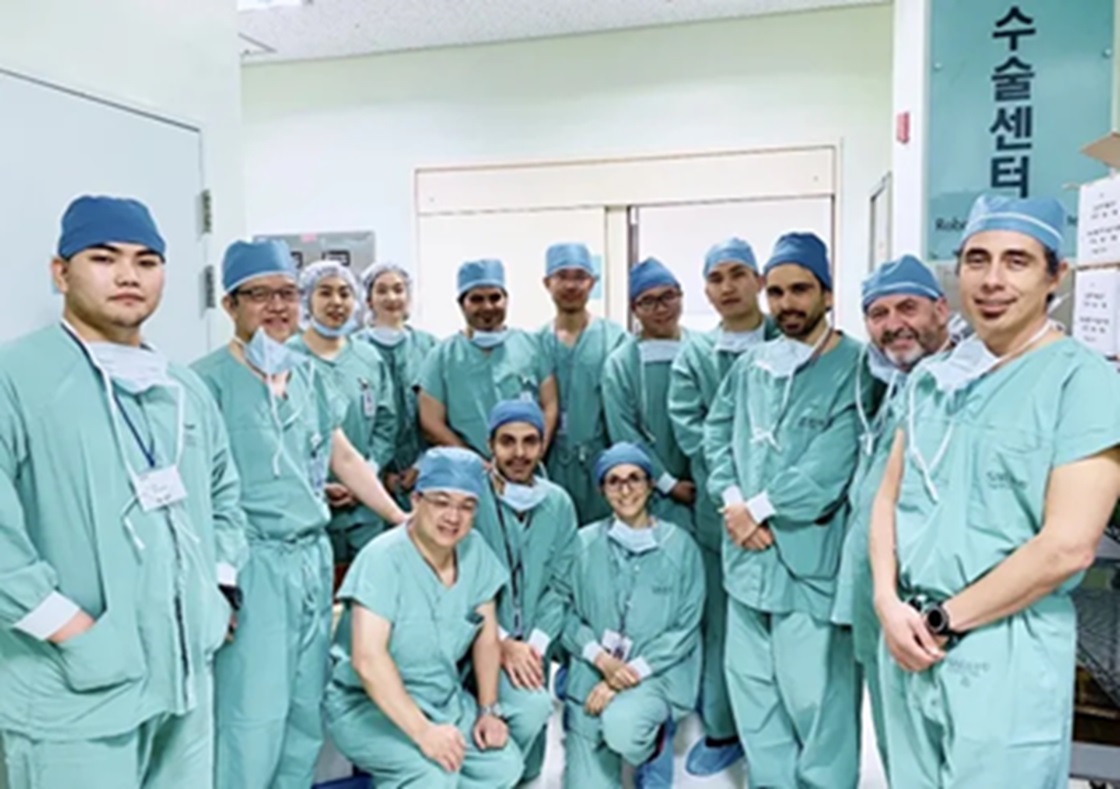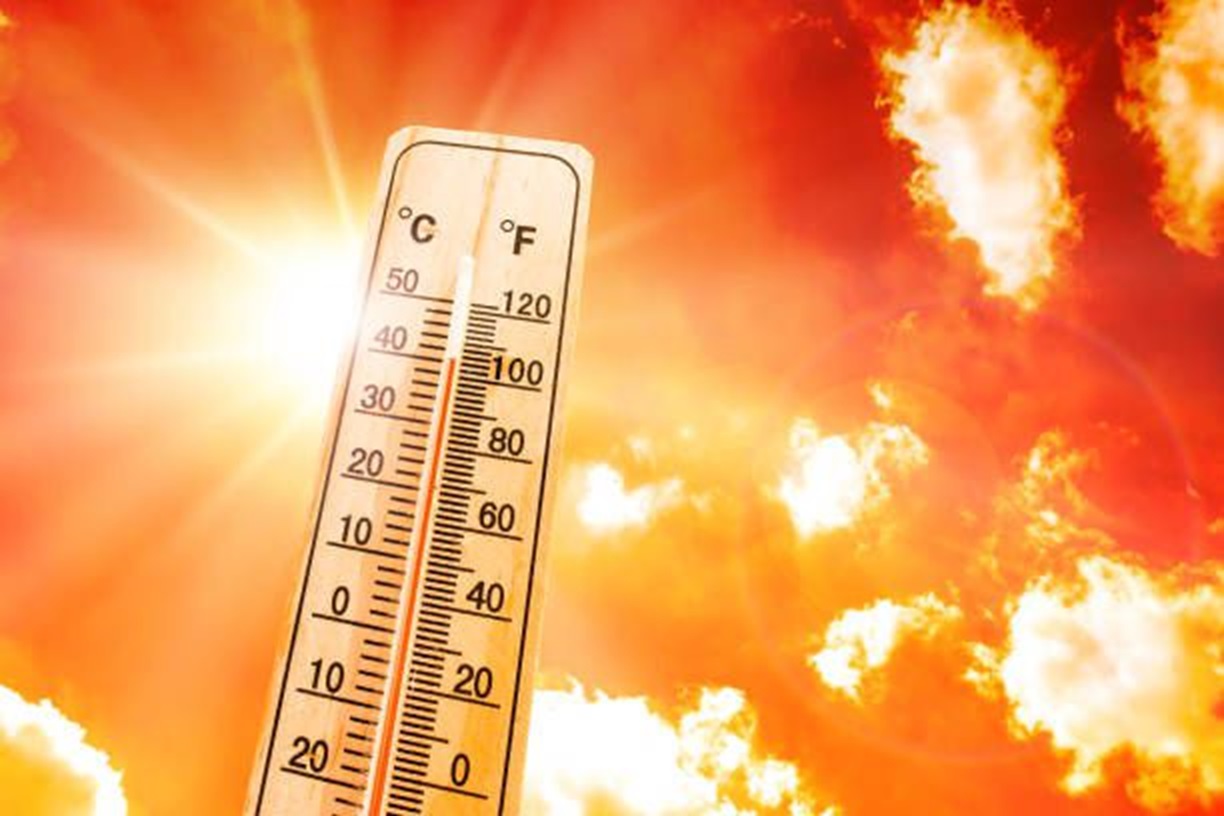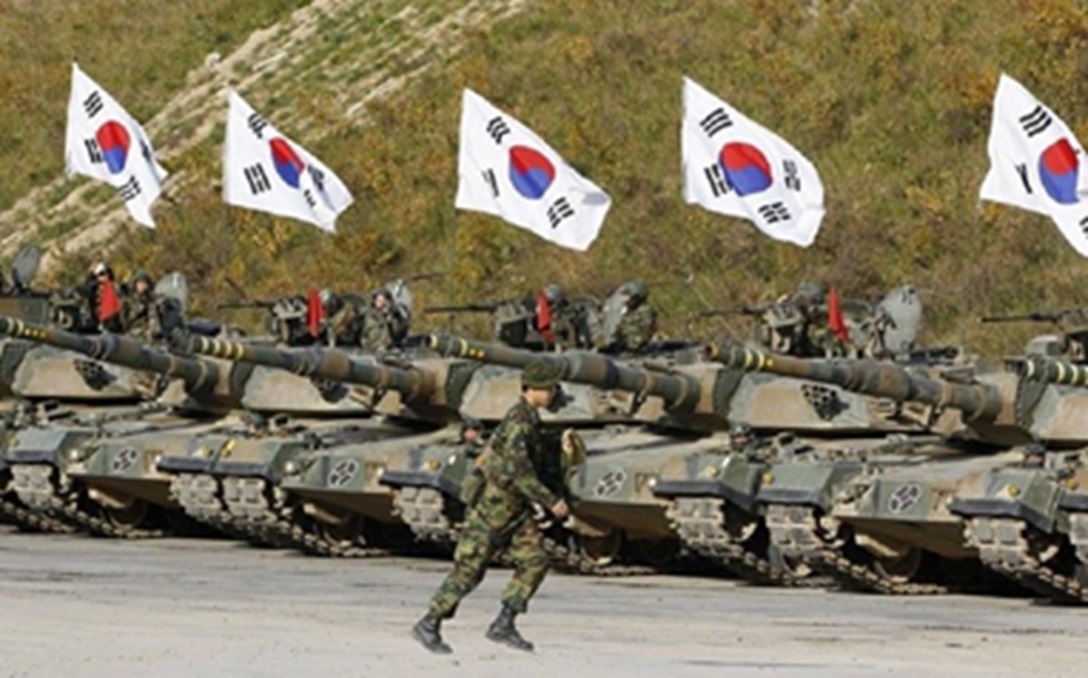Inactivity could lead to complex health problems in the long run.
The ‘Inactivity‘ word appears similar to ‘idleness‘ but is not really so. An out-of-work person may be idle but very active. Similarly, a person who regularly visits a gym or spends an hour or two in the sports field may be highly inactive during the long hours that person is in-home or in the office. Inactivity starts in childhood if a child is pampered too much. A single child or a son born after one or more daughters in India is usually not allowed to do any household work. Activities may increase in school, college or in the initial stages of a job or business.
Girls and ladies, on the other hand, in our country are usually very active. Many people who reach stability in their jobs, and whose children can tend to themselves become increasingly inactive. Blaming heavy workload, they ask their wives or children to do all manual jobs at home. Ladies work much more, especially working women. However, housewives of prosperous husband’s who have maids and labour-saving gadgets in the kitchen and toilets hardly have any physical chores left. Television serials and kitty parties make them quite inactive. Inactive people, after some time, become lazy and adopt a ‘sedentary lifestyle’.
Sedentary Lifestyle
A sedentary lifestyle is the precursor of overweight and obesity if not corrected in time. A sedentary lifestyle is considered as one of the risk- factor in many diseases which are enumerated below:-
- Heart disease, atherosclerosis and hypertension
- Ischaemic stroke
- Diabetes Mellitus type II
- Cancers of Prostrate, breast, ovary, lung. Colorectal and endometrial Cancers.
- Osteoporosis, increase the incidence of fractures
- Chronic backache
- Depression
- Dementia and Alzheimers
- Lowered immunity
- Metabolic syndrome.
- Corona. In a recent study, it was found that the persons who were inactive were twice as likely to be admitted to Intensive Care than those who were active.

Studies say that people who were consistently inactive had 1.73 times greater odds of Corona ICU admissions than those who were consistently active. P.C. NY Post
Inactvity During Corona Times
The level of inactivity in many people has gone up in the present times. Fear of contracting the disease in gyms or indoor games arenas have limited the level of physical exercise outside the home. Many senior citizens are advised by over-protective children to avoid going for walks in crowded parks or to places of worship. Home delivery has made walking visits to the neighbourhood markets a rarity. Homeschooling and work-from-home have curtailed many activities. Boredom sets in, people turn to cellphone or ipads or just sit in front of a Television.
Activities at Home
In this article, the level of physical exercise is not under discussion. Nor am I writing about 10000 steps or a home gym workout. Only home-based activities are being outlined.

Activities that can be done in and around home.
- The day should start with making our own bed and a few stretching exercises.
- Work inside the house includes dusting and cleaning.
- In case a person has a garden or a lawn, many activities can be undertaken.
- If living in a flat, steps climbing and getting down several times a day for fetching groceries etc is a good way to keep inactivity at bay.
- Making tea, bringing used dishes from the dining table to the pantry is also an activity.
- Doing the dishes, hanging wet clothes or ironing them are other household activities for inactive people.
- Also, we should avoid sitting on the sofa set or the office chair (including the home office) longer than an hour at a time.
If we can add at least one physical activity in between two periods of prolonged sitting or lying down, life will be much more healthy and enjoyable. Remember, it is better to be called fidgety than lazy. ‘Happily ever after does not mean lying on a hammock and reading a novel the whole day. ‘Happily ever after’ means remaining active and healthy.
Title image courtesy: https://www.shutterstock.com/search/
Disclaimer: The views and opinions expressed by the author do not necessarily reflect the views of the Government of India and Defence Research and Studies








